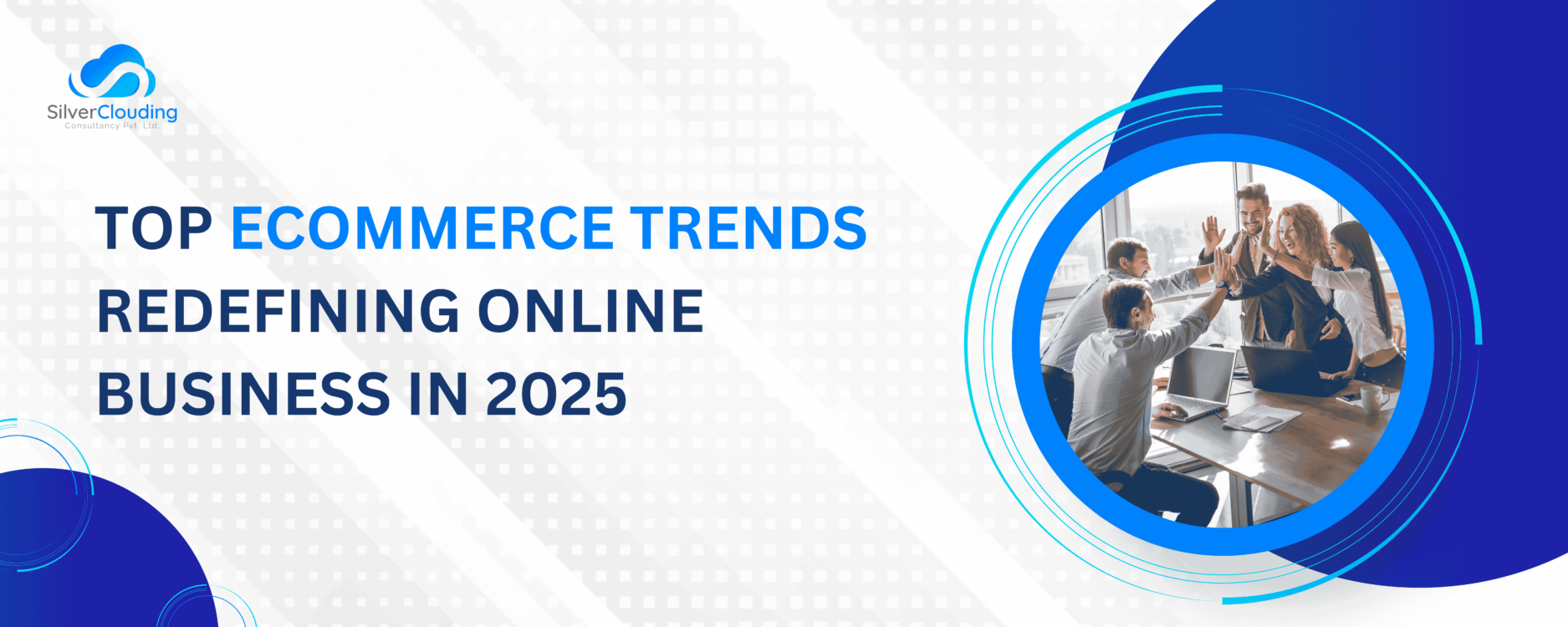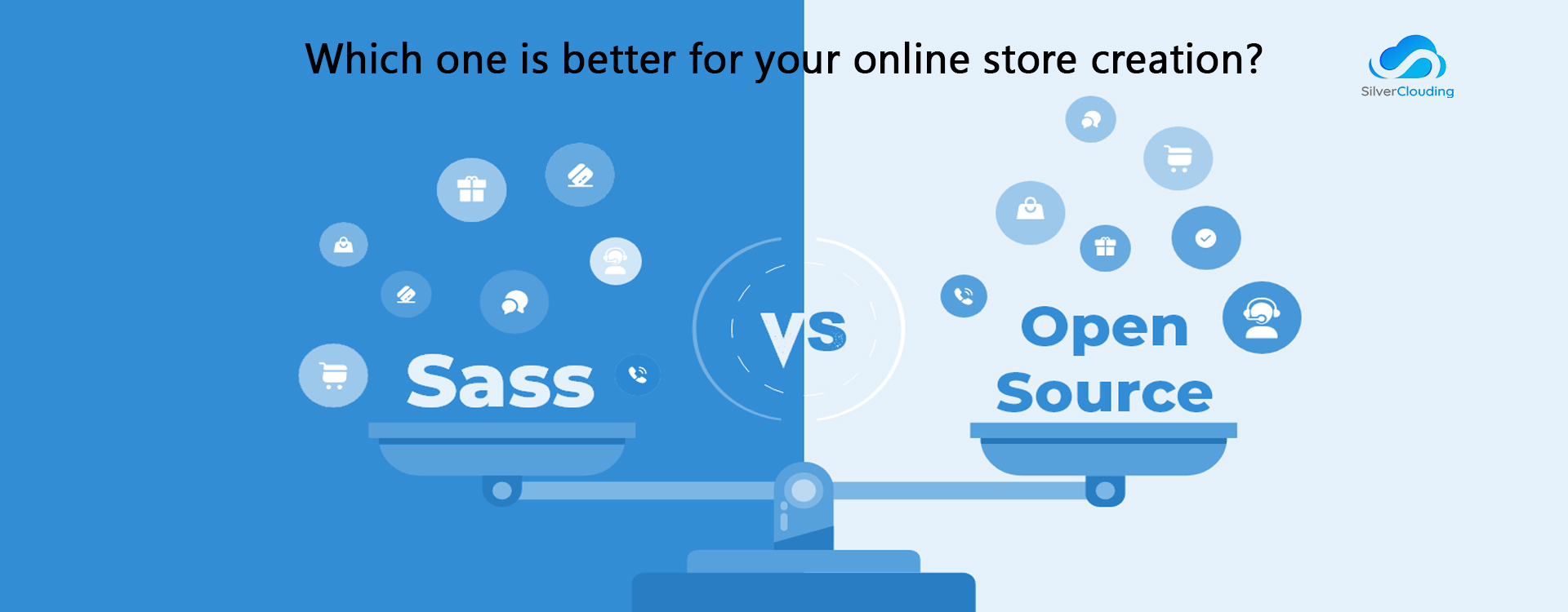The world of e-commerce is quite beautiful for people who want to enter it. To achieve success in e-commerce, it is important to grab the attention of the people around you. If you have a high bounce rate and do not have great engagement, then there is a high chance that your business is doomed. This is when you might need to sit at the table and change your plans.
Bounce rate is the percentage of visitors who visit a single page of a website and leave the website after that. There is a content journey that usually an e-commerce website needs to take to convert one-page sessions to a multiple-page session. If you have the right strategies, you can easily improve the user experience, get the customers to interact, and ultimately drive more quality conversions. In this article, we will discuss how to reduce e-commerce bounce rates and improve engagement through 8 points!
1. Improve the Speed of the Website
The need for speed! Did you play the game? Well, even in the e-commerce world, people seek quick page load time. A slight delay in the loading of the page can create issues for your website. Research shows that even page load time delays for one second can result in a terrible increase in bounce rates. It is necessary to ensure optimal performance. It is preferable to optimize your website’s speed. For optimizing you need to compress images, minify CSS and JavaScript files, and leverage content delivery networks (CDNs). It also improves the content reaching efficiency to attract the customers.
2. Mobile Optimization
The days are slowly and steadily moving away from computer e-commerce buying habits to mobile-first e-commerce things. Mobile optimization is primary these days. If the customer is viewing your mobile website, he should feel it is pretty smooth and gets connected to you. In case you fail in it, then there is a chance you will lose out on a bulk of business. Bounce rates will effectively be very high. Getting a developer to optimize the mobile website is a bare minimum thing these days rather than a luxury that it was a few years back.
3. Clear Navigation
Simplify the browsing experience for your visitors. You can do it by implementing clear navigation menus that even a layman can understand pretty easily. Organize your products into categories and subcategories that visitors usually expect and logically understand. You can also provide filter options to help users find what they’re looking for as quickly as possible. If there is a proper navigation process in place that the visitors find self-explanatory, then you have literally nothing to worry about.
4. High-Quality Content
Engaging with your visitors is pretty important. Content is the best way to connect with the customers and interact with them. You need to have good-quality images. Images should be interactive rather than just mechanical. Have high-quality product descriptions that are simple to understand. With content, you can get your bounce rates to decrease significantly.
5. Streamlined Checkout Process
Minimize the issues in the checkout process to prevent cart abandonment and boost conversions. Offer the customers a good checkout experience, and in this matter, more often than not, it should be quick. If you provide that, the cart abandonment rate and bounce rate will decrease easily. It will add good bucks of revenue to the business.
6. Personalization and Social Proof
In this era, it is all about being personalized. Leverage the power of data to be highly personalized for the visitors who come to your e-commerce website. Add a bit of credibility with social proof, like ratings, reviews, and testimonials, to develop trust. This is the best way to keep visitors to your e-commerce website for a long time. It decreases bounce rates, and increases engagement along with the business.
7. A/B Testing
Continuously experiment with different elements of your website. A/B testing is always the key, as with experimentation, you get closer to your customers with better experiences. It can be image restructuring and maybe adding up some features to hook the customers to gain experience from your e-commerce website. It can help you to remove the burden of bounce rate and boost engagement pretty easily.
8. Optimize for Search Engines (SEO)
Improve your visibility by making content that is loved by search engines. While doing so, you ensure that you reach out to more people who need to connect with your e-commerce website. With good SEO work, you make sure that you avoid irrelevant visitors that directly impact your bounce rate and improve engagement.
Conclusion
By implementing these eight strategies, you can easily reduce the bounce rate and improve engagement. In the long run, always remember that it is important to stick to the simple metrics to reach your goals. Having a good knowledge about these strategies can help you to get good business through your ecommerce website. If you do not know how to handle the engagement quality and bounce rate issues of your ecommerce business website, then you can trust ecommerce consultancies like Silver Clouding. This consultancy understands the ecommerce technicalities like no others, and it can make your digital business grow smoothly without you diving deep into the technical processes.




